Elevator Wall Panels
Elevator wall panels refer to the internal surface of elevator walls. These stainless-steel wall panels are both functional and aesthetically pleasing. They provide a protective cover for the elevator cab and its’ passengers to ensure safety during transportation. From an aesthetic point of view, the elevator wall panels help to enhance the overall design and visual appeal of the elevator interior. Elevator wall panels are made from various materials, including stainless steel, glass, wood panels, or composite materials. People choose depending on factors as design preferences, durability, and maintenance purposes. The decorative stainless steel wall panels may be designed in conjunction with overall architectural theme of the structure, especially the selection of materials, colors, and finishes for the wall panels to create a cohesive and visually pleasing environment for passengers.
Categories
Stainless steel plays a crucial role in elevator applications for several reasons, making it an important material for various components within an elevator system, such as elevator cab interiors, handrails, grab bars, elevator doors, frame, buttons, control panels, ceiling, exterior cladding, flooring trim, and ventilation grilles.

Elevator Ceiling Panels
Elevator ceiling panels are parts of the interior design of the elevator and contribute to the overall aesthetics and functionality of the space. These suspended ceiling panels can be made from a variety of materials, and their design can include features such as lighting, ventilation, and emergency communication devices. Many modern elevators have integrated Led lights within the ceiling panels, which creates dynamic lighting effects.
More Details

Elevator Door Panels
Elevator door panels are made from different materials, depending on factors such as design preferences, durability, and safety regulations. There are various materials concerned, including stainless steel, glass, wood, laminate and composite material. But the most popular choice is stainless steel due to its durability and aesthetic appeal, and it can be used for ceiling, door panels, and wall panels.
More Details
Applications and
Benefits of Elevator Wall Panels
Elevator wall panels find applications in various settings, and their benefits extend beyond just providing a protective enclosure.
Applications:
² Commercial
Buildings: Elevators in office buildings, shopping malls, and hotels often
feature aesthetically pleasing decorative wall panels to enhance the overall
interior design.
² Residential
Buildings: In high-end residential buildings or luxury homes, elevator
interiors may be designed with high-quality and visually appealing wall panels.
² Hospitals: Elevators in hospitals may use durable and easy-to-clean
stainless-steel wall panels to maintain hygiene standards.
² Public Spaces: Elevators in public spaces, such as airports or train stations,
may have robust wall panels designed to withstand heavy usage.
² Transportation: Elevators in parking structures, subway stations, or bus
terminals often use durable wall panels to withstand the wear and tear
associate with high traffic.
² Retail Environments: Elevators in retail spaces may incorporate branding elements and design features to create a cohesive atmosphere.
Benefits:
² Aesthetic Appeal: Well-designed wall panels contribute to the
overall aesthetics of a building interior, enhancing the visual appeal for
passengers or visitors.
² Customization: Decorative wall panels can be customized to match the
design ideal of the building, allowing for a cohesive and harmonious look.
² Durability: Stainless steel elevator wall panels can be durable
and scratch-resistance, and other forms of damage.
² Easy Maintenance: Mirror elevator wall panels are be easy to
clean, making maintenance and ensuring a consistently clean and attractive
appearance.
² Branding Opportunities: Elevator interior wall panels can be used
as a space for branding, displaying logos, or conveying a special message,
especially in commercial or retail buildings.
² Compliance With Safety Standards: Wall panels are designed to meet safety
standards, providing a protective barrier and ensuring the well-being of
passengers.
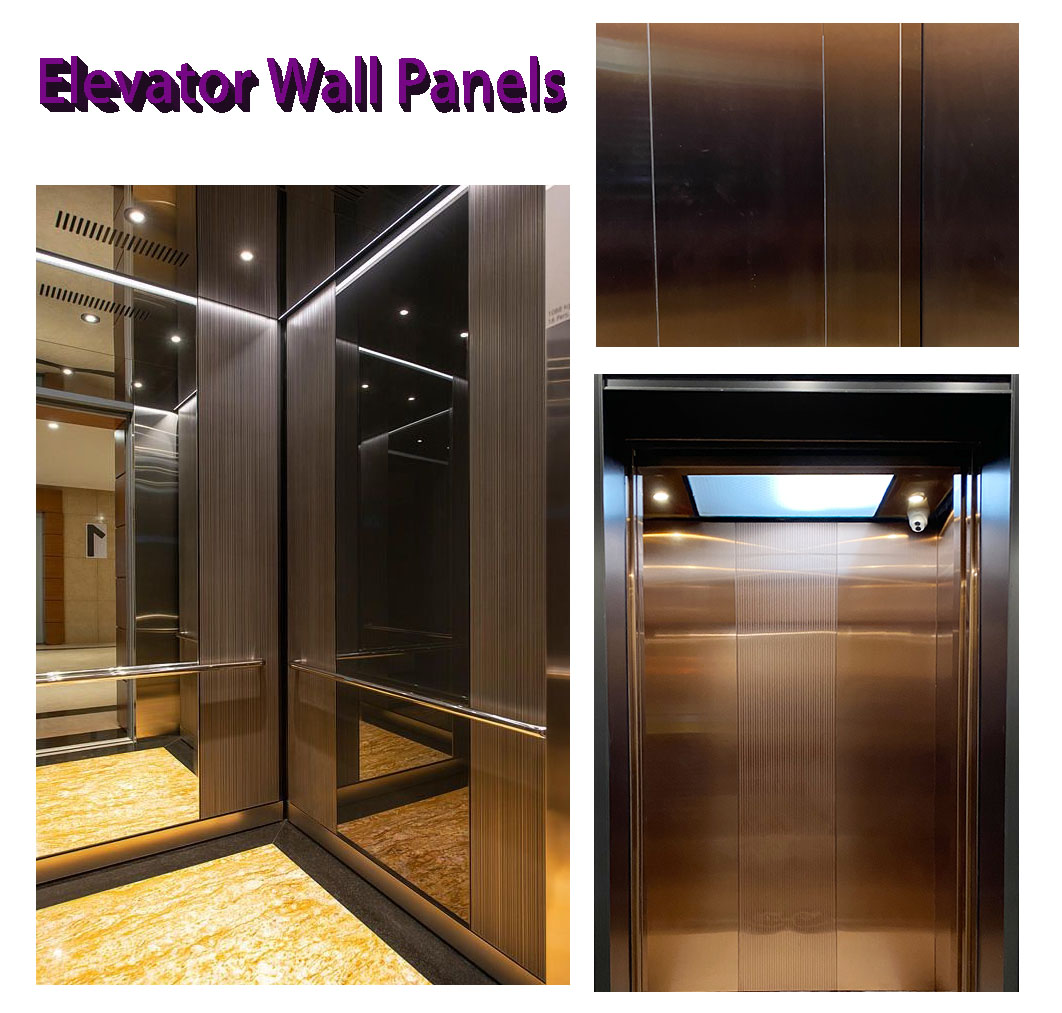 Specifications for
Elevator Door Panels
Specifications for
Elevator Door Panels
Type: Stainless steel
sheet
Standard: GB, ASTM,
JIS, DIN
Technique: Cold
rolled
SS Grade: 201,
304, 316
Finish: Mirror,
Matt, Brushed, etched,
Color: Champagne,
Gold, Rose Glod, etc
Edge: Mill or Slit
Thickness: 0.8-3mm
Width: Customized
Length: Customized
Application: Residential
& Commercial Building
Packing: PVC film
+ waterproof paper + standard wooden package
Surface
Finishes of Elevator Wall Panels
Elevator door
panels can have various surface finishes, which depends on design preferences, aesthetics,
and intended applications.
Mirror
Finish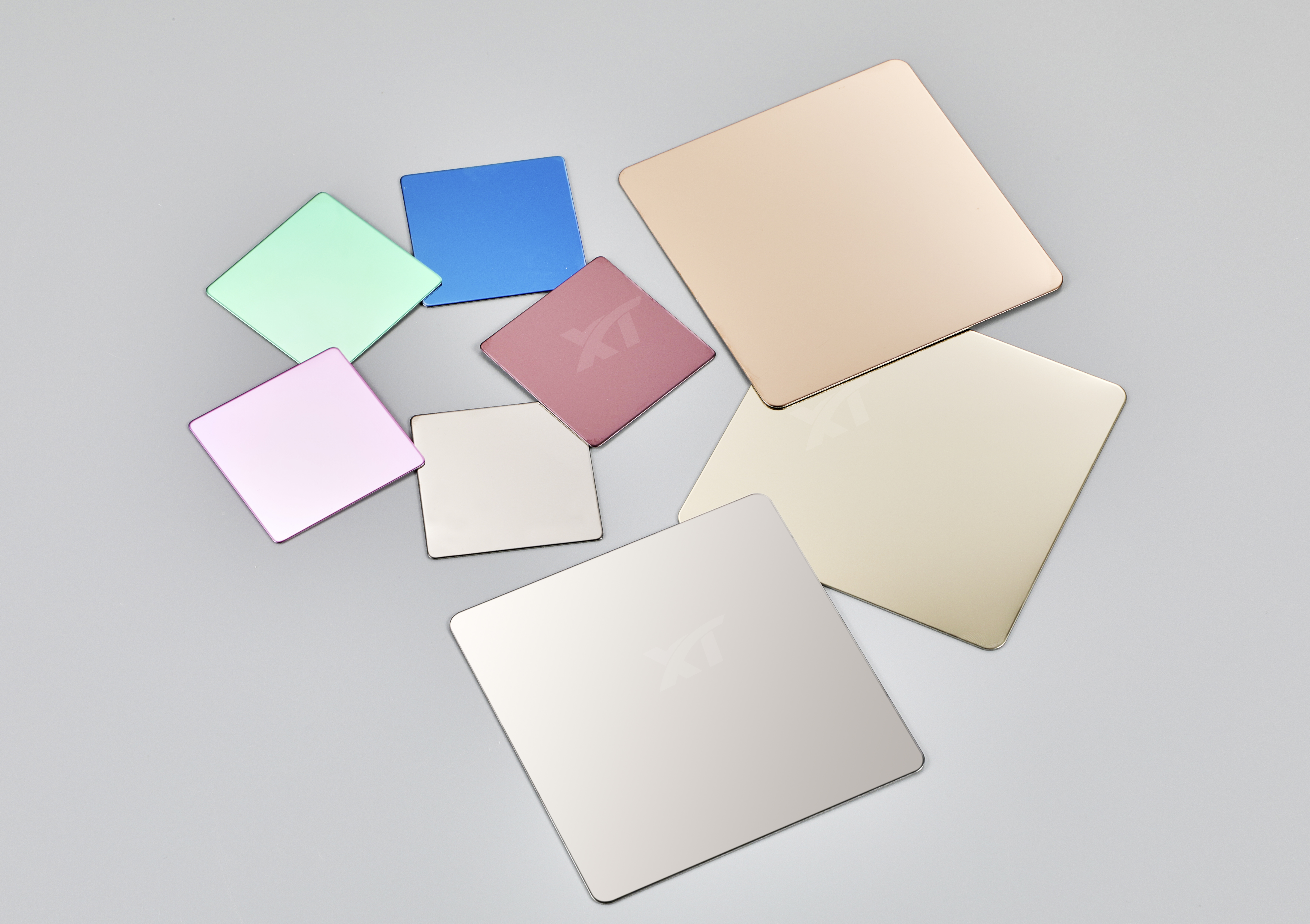
A mirror finish on
elevator wall panels refers to a highly reflective and polished surface that
mimics the appearance of a mirror, this nature of mirror finish can give the
illusion of a large space to contribute to an open and airy feel within the
elevator cab.
Satin Finish
A satin finish is
a type of surface treatment to make a smooth, low-luster, and slightly textured
appearance on wall panels, which help minimize the visibility of fingerprints.
So it becomes a very popular choice in elevator interiors where a sleek and
modern aesthetic is desired.
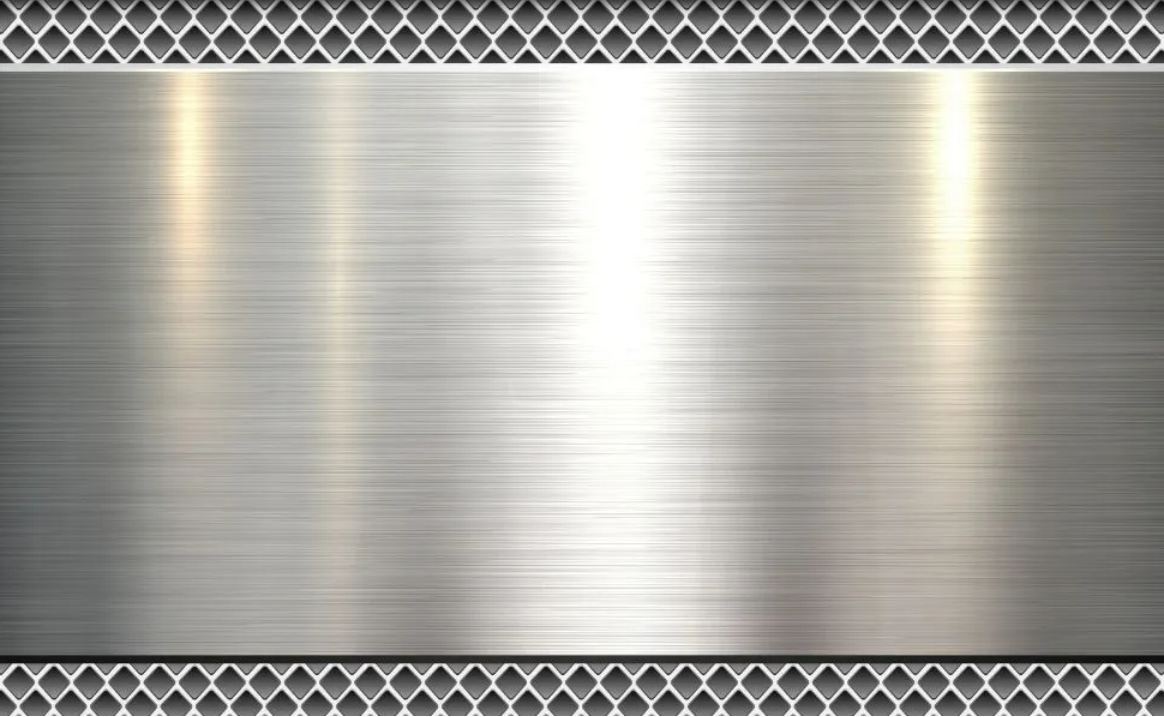 Brushed
Finish
Brushed
Finish
Brushed finish
imparts a textured surface to the material, creating a pattern of fine lines or
grooves, and it is known for its ability to hide minor scratches, scuffs, and
fingerprints, which makes it widely used in various architectural and interior
design applications, including elevator wall panel.
PVD Coated
Finish
PVD coated finish offers
a wide range of design possibilities. The process can produce different
finishes, including polished, brushed, matte, or color surfaces. Anti-fingerprint
properties conjunction with PVD coated finish can reduce the visibility of
fingerprints and smudges on the surface of Elevator wall panels.
Etched Finish
An etched finish
on wall panels involves a surface treatment process that creates a decorative
pattern, design, or texture on the material. It shows fantastic decorative
appearance, privacy, brand identity, anti-glare properties, and easy
maintenance, which is a versatile design option used to enhance the aesthetic
and functional qualities of wall panels.
Embossed Finish
An embossed finish
is achieved by pressing the material between two dies, one of which has a
raised pattern, transferring the pattern onto the surface of the material,
which imparts a textured and three-dimensional appearance to the material to
create patterns or designs that enhance the visual appeal of the elevator interior.
Custom
Finish
We offer a wide
range of different finishes for elevator wall panels.
Mirror finish or
brushed finish are the most popular choice, the etched finish is also chosen as
personal taste and style.
FAQ (frequently asked questions)
1- Are elevator wall panels made of stainless
steel?
Yes, elevator wall panels are commonly made of stainless steel. Stainless steel is a popular material for elevator interiors due to its various advantageous properties: durability, hygiene, aesthetics, versatility, resistance to wear, fire resistance. While stainless steel is a common choice, elevator wall panels can also be made from other materials such as glass, wood, laminates, and other composite materials, which depends on design preferences, building theme, budget considerations, and the specific requirements of the environment where the elevator is installed.
2- Which surface finish becomes the most
popular choice for elevator wall panels?
The choice of surface finish for elevator wall panels can vary based on design preferences, architectural considerations, and the desired aesthetic of the building. Certain finishes are more commonly seen in elevator interiors, such as brushed, satin, mirror, embossed, PVD coated finish. In high-end or luxury settings, finishes convey a sense of sophistication, so mirror or PVD coated finish are more preferred. On the other hand, durability and maintenance are critical, then brushed or satin finish might be favored.
3- How to choose the size for elevator wall
panels?
The size of elevator wall panels is typically customized to fit the dimensions of the elevator cab, ensuring a seamless and precise installation. Th dimensions are influenced by the size & capacity of the elevator, the architectural design, and any specific requirements or regulations in place.
4- What is the best material for elevator wall
panels?
Several materials are used for elevator wall panels, such as stainless steel, glass, laminates, wood, stone, aluminum, and other composite materials. The best material should be the one that aligns with durability, maintenance, aesthetic preferences, budget, building regulations, which makes stainless steel as a popular choice.
5- Are
stainless steel elevator wall panels costly?
Generally stainless steel is a
little more expensive than laminates or composite materials. But stainless
steel has a higher upfront cost, its durability and resistance to corrosion and
wear can contribute to long-term cost savings. And it’s relatively easy to
clean and maintain, which is contributing to cost savings over the life of the
elevator. In summary, stainless steel elevator interior panels may be the best
choice for manufacturers.
Surface Finishes
Elevator door panels can have various surface finishes, which depends on design preferences, aesthetics, and intended applications.
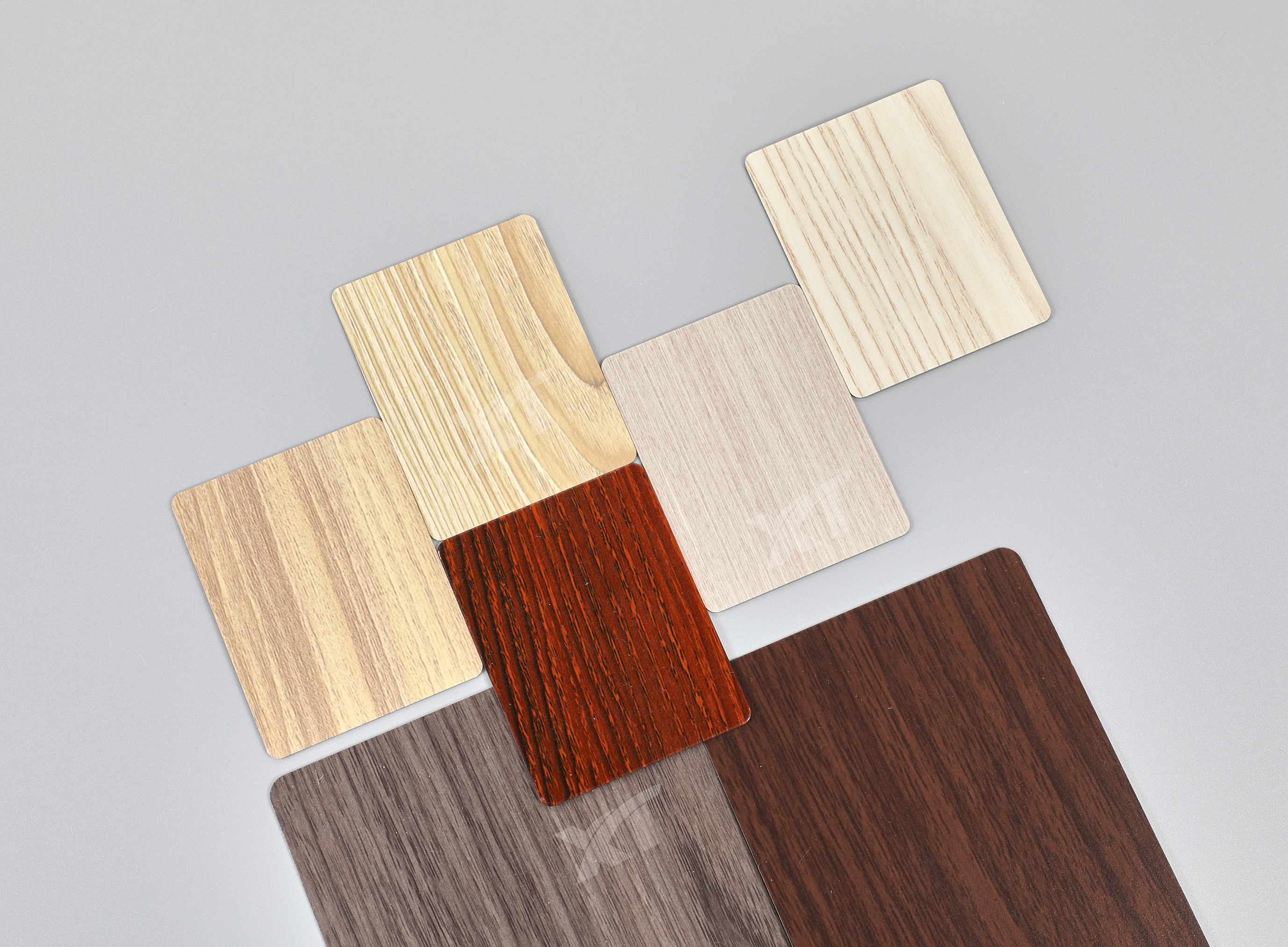
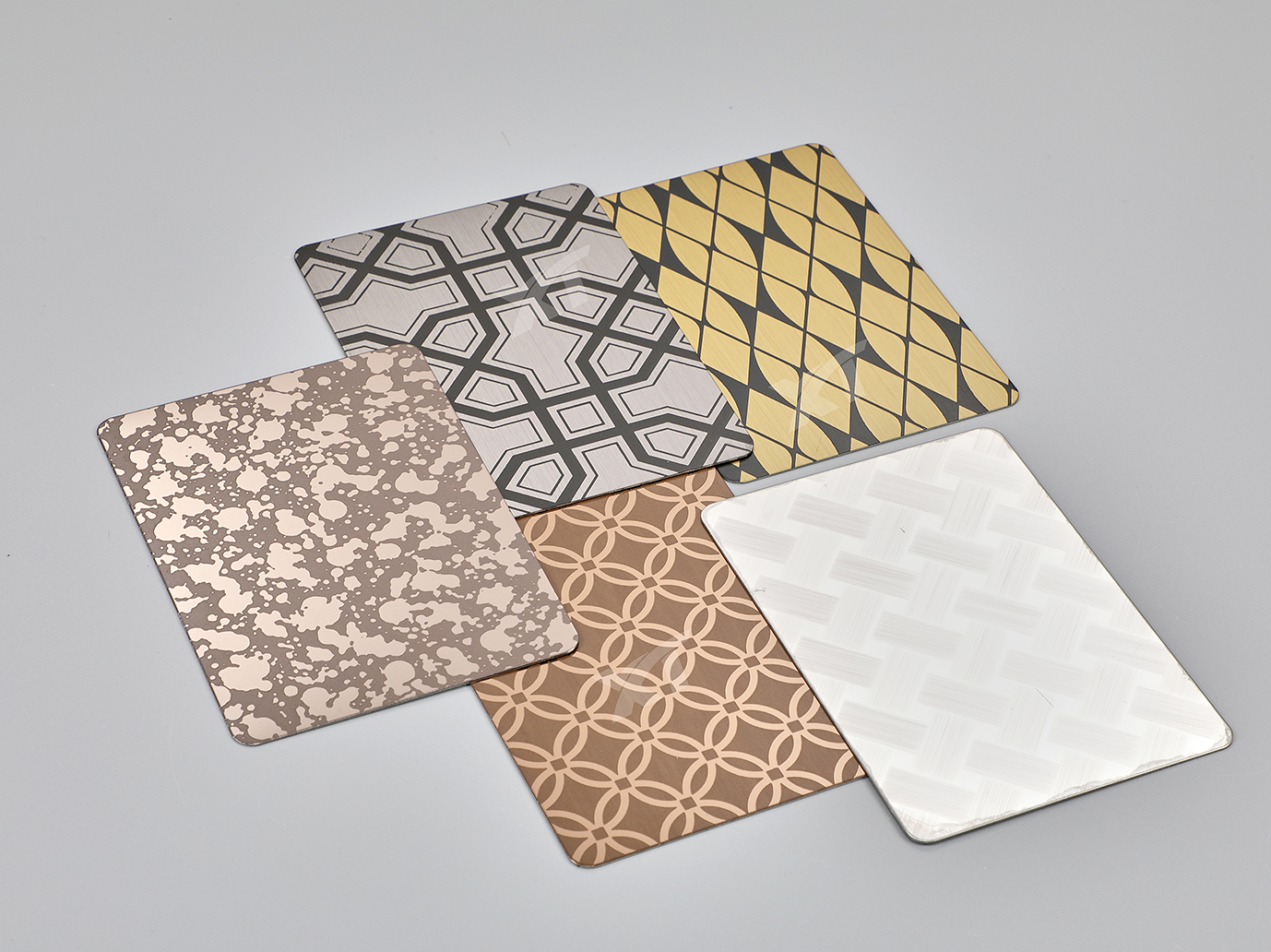
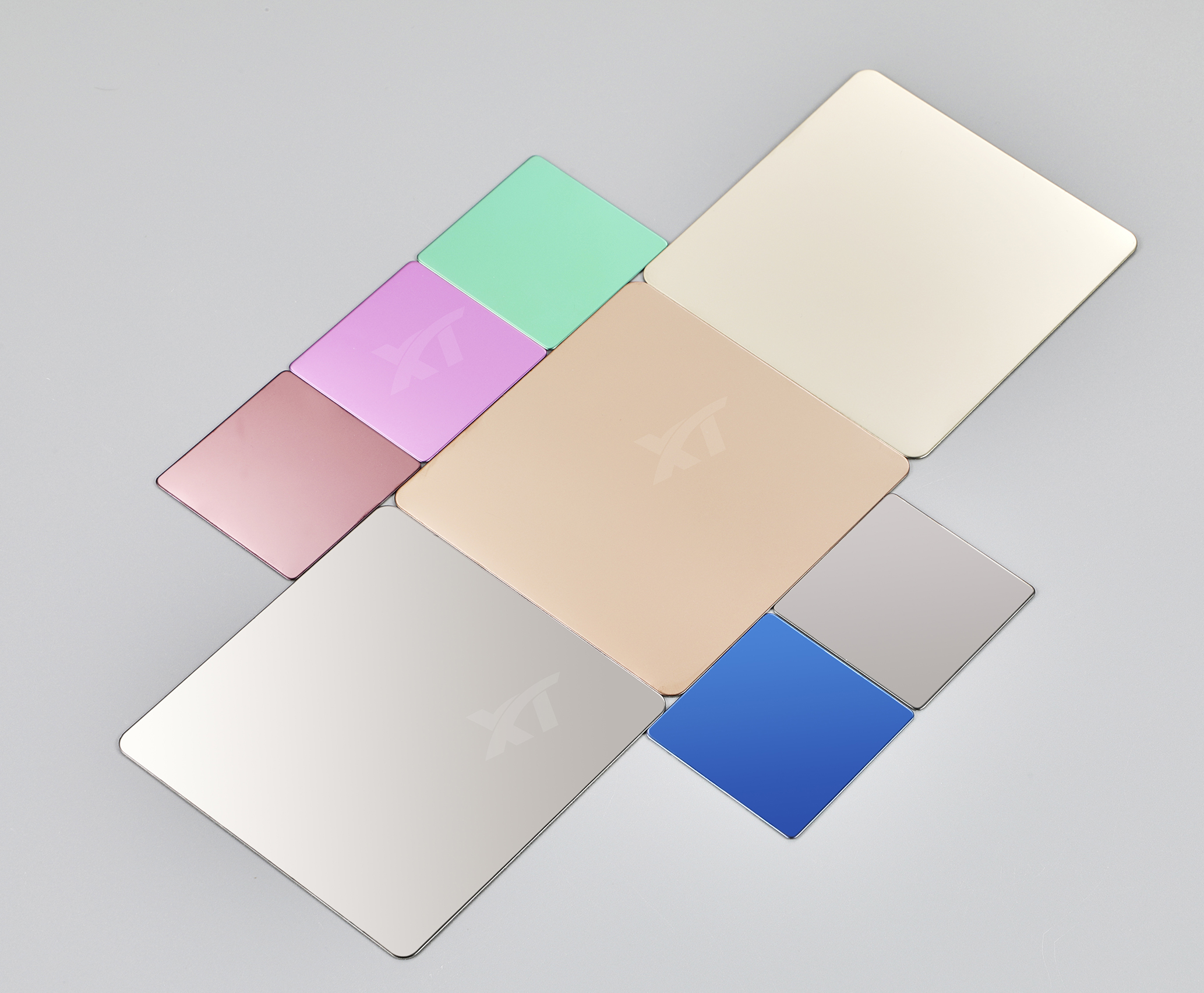
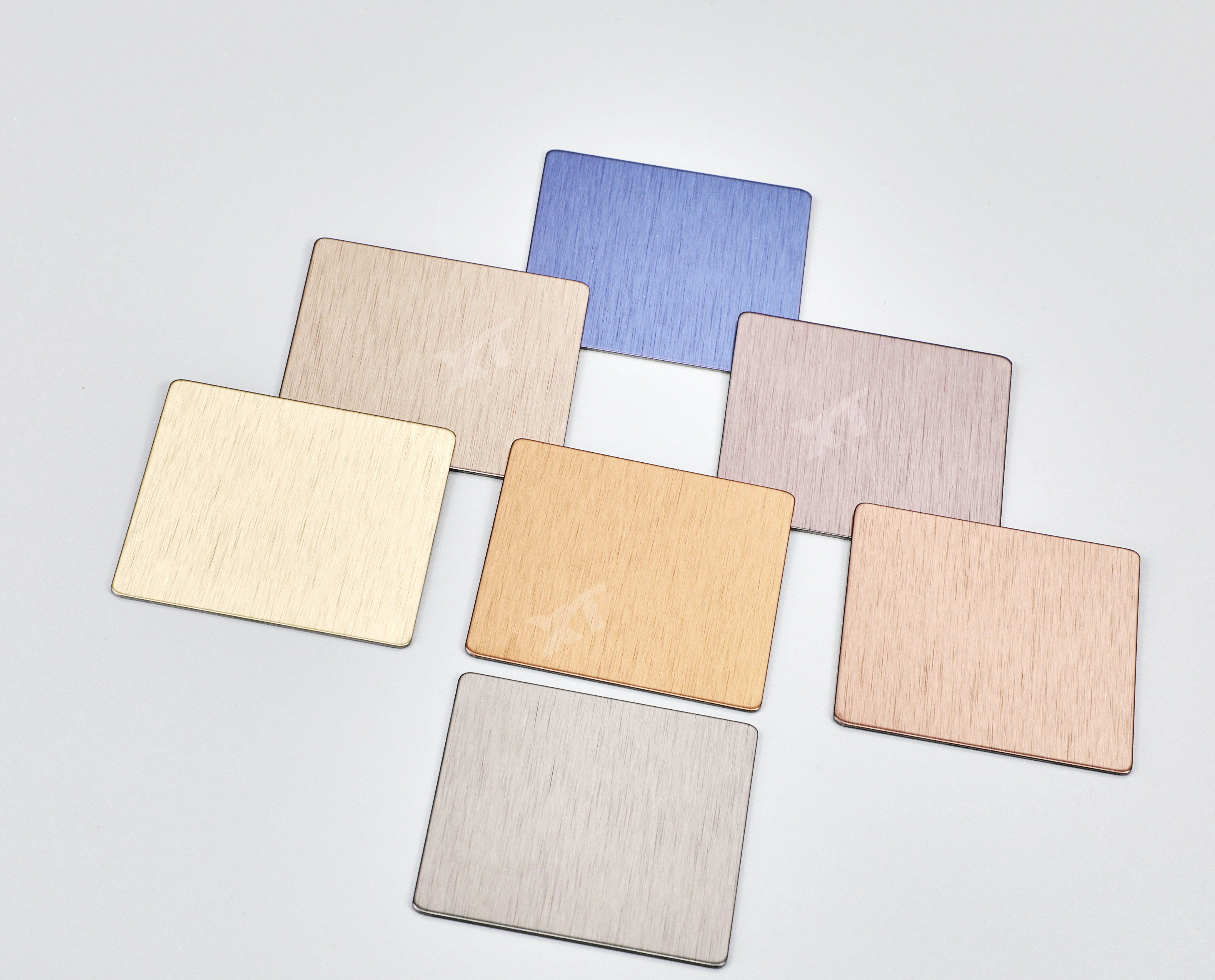
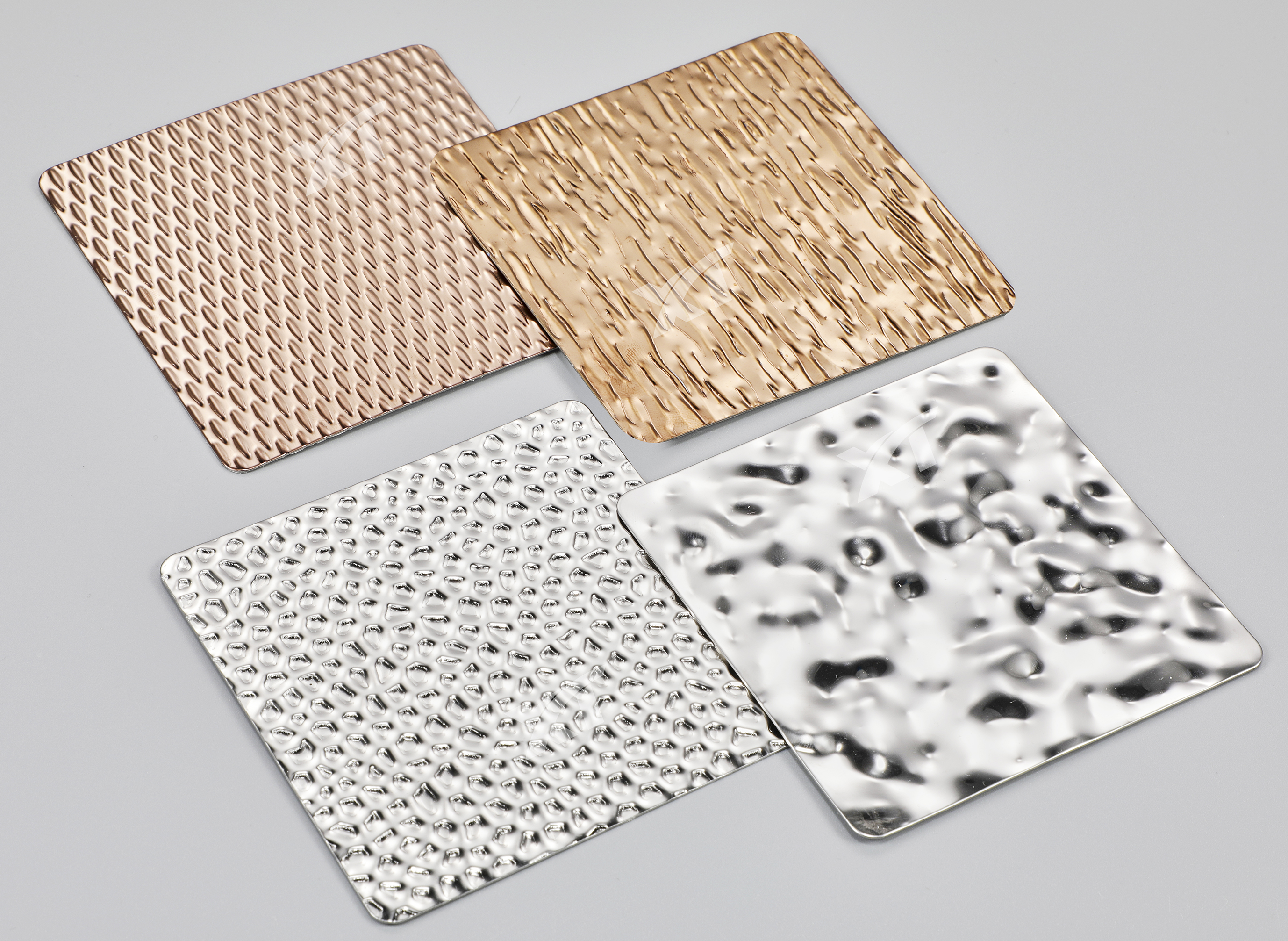
Latest Posts
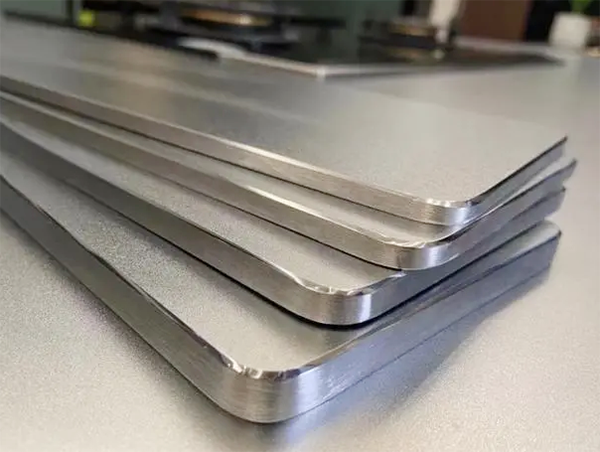
Why Are More And More People Installing Stainless Steel Countertops?
If you rarely cook and the kitchen is more of a show space for you, then you may only need to focus on whether the countertops meet your aesthetic standards and overall decoration style. If you are a cooking enthusiast
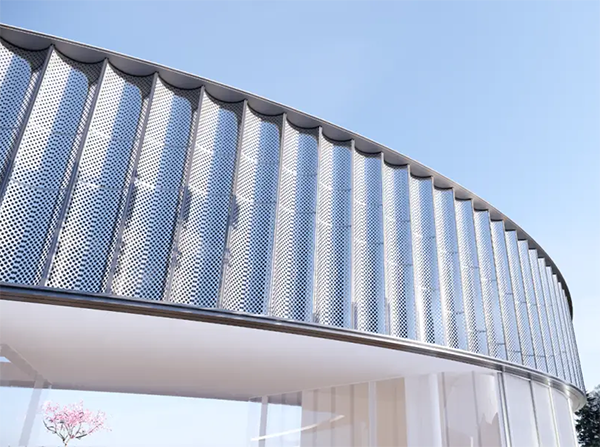
What is Perforated Sheet? How Important Does Perforated Sheet Play Role In Decor
A perforated sheet is a metal sheet that has been punctured with a series of holes in a pattern. These holes can vary in size, shape, and distribution, depending on the intended application. Perforated sheets are commonl
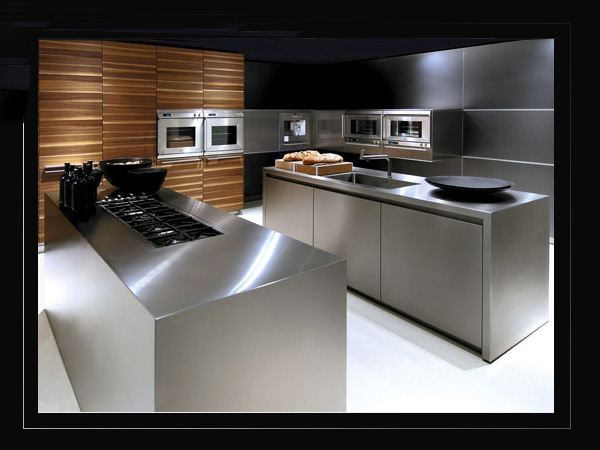
2024 Trend of Overall Stainless Steel Kitchen Cabinets
The latest report released by the National Kitchen and Bathroom Association (NKBA) provides a detailed overview of the cutting-edge trends in kitchen design in 2024. According to NKBA's research, the minimalist design co
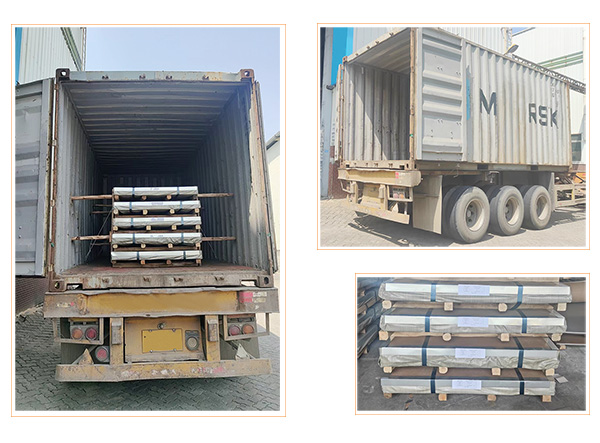
Export Stainless Steel Sheets To Bangladesh
Export 201 Hot-Rolled Stainless Steel Sheets, Cold-Rolled Stainless Steel Sheets, 8K Mirror Finish Stainless Steel Sheets to Bangladesh.



